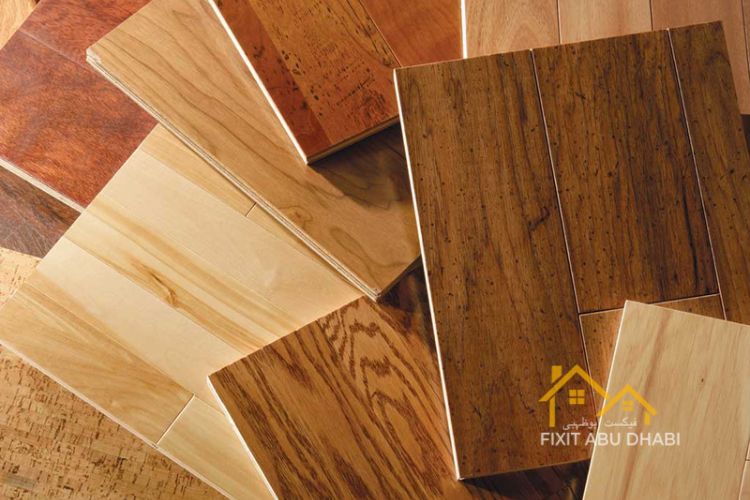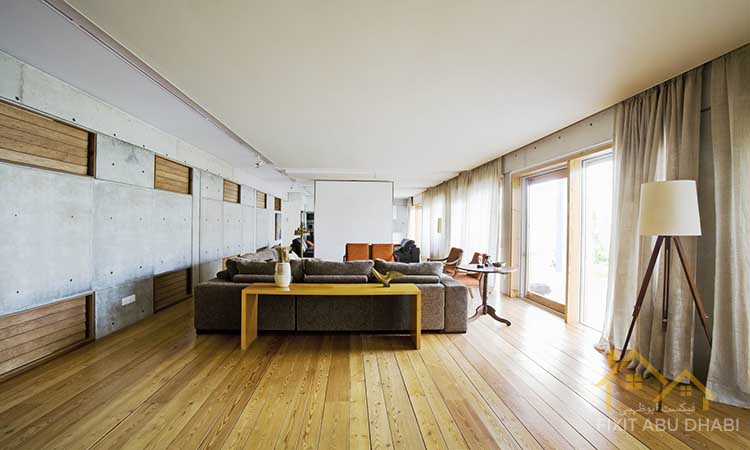If you are looking for flooring that looks like genuine hardwood but is less expensive, laminate flooring and engineered wood flooring are two perfecit options.
Both floor coverings are manufactured as cost-effective and adaptable alternatives to solid hardwood flooring, which is the most common type of flooring. Both laminate and engineered wood have advantages and disadvantages that must be considered in order to make the best selection.
Let’s dive in to know about the major differences between Laminate Flooring VS Engineered Wood Flooring
A Comparison Guide: Laminate Flooring vs Engineered Wood Flooring
As Both flooring have advantages and disadvantages. But in some ways, both alternatives are good ones. What matters most is what is best for your house or company.
Make sure you understand where each alternative shines out or falls short before making your decision. You can make an right decision in selection and install the best solution by reading our this Comparison Guide till the end.
Appearance and Comfort

Engineered wood flooring has a more appealing appearance than laminate flooring. Because the top layer is made of solid wood, it can withstand a lot of wear and tear.
Engineered flooring is entirely made of solid wood. As a result, it feels firmer underfoot than laminate flooring, much like real hardwood flooring. Engineered hardwood flooring is smooth and splinter-free because it is pre-sanded and treated.
From a distance, laminate flooring may fool you into thinking it’s real wood. Close examination, however, reveals that this resemblance isn’t as strong as it appears.
Laminate flooring has a smooth, almost bouncy sensation underfoot thanks to its foam underlayment and synthetic core. Beneath bare feet or stockings, the wear layer is smooth and pleasant, but it might be slippery under heels.
Water Resistance

If you want to know which Floor covering solution is the best water resistant, obviously laminate flooring is the answer, but only on the top surface. If the sides and bottom of the flooring become moist, it might expand and distort. You can’t repair laminate if it gets wet on the sides or beneath.
Rather, you’ll have to repair the damaged flooring. As a result, spills should always be wiped up right away, and laminate should never be put in areas where there is a lot of humidity or moisture, such as kitchens or bathrooms.
Traditional hardwoods are more water-resistant than engineered hardwoods. It will not expand or contract in humid situations due to the structure, making it perfect for installation in low-grade spaces where hardwoods are not permitted.
Even while engineered hardwood is more water-resistant, it is still susceptible to harm. Spills should always be cleaned right away, and engineered hardwoods should never be cleaned with a wet mop.
Installation

Engineered wood flooring is often installed using either nail-down or glue-down methods. Some newer types of engineered flooring may be laid without a subfloor by using click-lock joinery.
These floors are closer to laminate flooring than true engineered hardwood flooring since they feature real wood veneer but employ HDF as a core.
Engineered hardwood flooring is considerably more difficult to install than laminate flooring. Laminate boards attach solely side-to-side as a floating floor, never to the subfloor or underlayment.
Once placed, the weight and friction of the flooring prevent it from slipping. Cutting laminate boards with a hand saw or even a utility knife is easy.
Heat and Environment
Engineered hardwood flooring has a dimensionally stable foundation core made of high-quality plywood. This implies that the plywood’s layers when put perpendicular to one another, withstand swelling and expansion better than laminate or even solid hardwood when exposed to water.
Although engineered flooring can scrape and gouge, small scratches can be removed by simply sanding the veneer.
As long as the boards are securely seamed, laminate flooring may be installed in semi-moist conditions. The bottom fiberboard core will swell if water is allowed to pass through the seams. Laminate flooring does not return to its former shape after drying.
It is impossible to sand laminate flooring. It’s difficult, if not impossible, to make repairs. The best course of action for repairs is to replace damaged laminate with fresh laminate boards. Deep scratches are rare on laminate flooring’s top wear surface, which may be quite robust and durable against most regular use.
Durability
Hardwood floors are a sight to behold. They are, however, easily scratched and might become dull with time. Lengthy waxing and costly refinishing are important.
Solid wood makes the top layer of engineered flooring more durable. As a result, this flooring is just as vulnerable to damage as solid hardwood floors. Scratches, dents, and dings are all examples of this.
Laminate flooring is a popular choice for families with children or pets, as well as anybody looking for low-maintenance, damage-resistant flooring. It is significantly more difficult to scratch than hardwood flooring and will not dent.
Laminate flooring is stain-resistant and does not fade. Laminate can chip with time, and you won’t be able to refinish it, so you’ll have to replace it. When it comes to durability, laminate is the finest choice in flooring since it is so resistant to scratches and other damage.
Maintenance and Care
When it comes to cleaning and care, both engineered and laminate flooring are on par since both are sensitive surfaces that should never be wet cleaned. The best method to keep these types of flooring clean is to do as much as possible using a dry broom or dry mop.
Steamers and damp mops should be avoided. Never use cleaning products that include ammonia. If you need to apply the liquid to the surfaces, compress the mop as much as you can until it’s almost dry to the touch.
Bottom Line
In the comparison Guide of Laminate Flooring vs Engineered Wood Flooring, Fixitabudhabi.ae analyze that Engineered flooring is the finest option for a floor covering that looks just like real hardwood but is easy to maintain. Laminate flooring is a better alternative than engineered hardwood flooring if you want to save money on your floor covering, especially when combined with self-installation.
You can opt for either of the floorings that suit your flooring needs. Choose the best option for your place and enjoy safe and secure underfoot.











